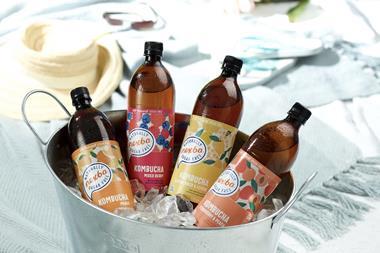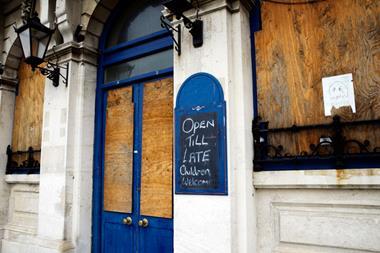There has been a flurry of reports about the hot weather boosting retail sales in areas such as bottled water, barbecues, soft drinks, chilled alcohol, fresh produce and ice cream. The latest figures from the British Retail Consortium show like-for-like retail sales growth up 3.4% in July, driven largely by the supermarkets, while the high street has struggled.
But have retailers and suppliers anticipated the hot spell as well as they could have? And what happens if there's another heatwave?
Despite a hot July and variable weather since, suppliers and retailers have been pretty accurate at estimating demand, believes BRC director general Kevin Hawkins: "It's safe to say the long hot spell didn't catch anyone flat-footed."
Another heatwave could put the supply chain under huge pressure, however, he suggests.
Peter Hutchison, supply chain controller for MBL, agrees: "The weather getting hotter post-World Cup has put extreme pressure on the supply base. Even the best suppliers are hard pressed."
Heavy promotional activity is expected to increase the strain in areas of great demand, such as beer. One source admits that suppliers of packed ice are among those already beginning to buckle under pressure. He adds that some soft drinks manufacturers are also encountering difficulties: "They planned for high levels of demand, but not to the extent that they have encountered and they are having to ration supplies."
It is not just the supply chain facing challenges. The heatwave seems to have affected equipment, with reports of chillers breaking down, even those of the big retailers. Hutchison is not surprised: "Most chillers are geared to operate in temperatures up to the high 20s Celsius, not the mid-30s."
Fortunately, the industry has access to tools to help prepare for a surge in demand, if not mechanical failures. A key asset is long-range weather forecasting data, often provided by the Met Office.
"We hold six years of weather data - temperature, sunshine hours and rainfall for 11 regions," says a Sainsbury's spokeswoman. "We work with an external forecasting agency for accurate forward weather information."
Advanced demand-planning packages offer 12-month predictions, but most food retailers use three-month forecasting backed up by monthly and five or seven-day snapshots, says Hutchison. Since the major suppliers draw on this information in partnership with the top supermarkets, they can pass on insights to smaller retailers. The good news is that despite evidence on TV weather bulletins to the contrary, forecasts are pretty accurate. Steve Speck, UK client services manager for Planalytics, a global provider of business weather intelligence, says: "Demand planning forecasts are correct three weeks out of four."
But Hawkins warns: "Demand planning is an art, not a science. You have to weigh up the information you're getting and the strength of the supply chain."
Hutchison agrees: "You need a level of expertise to understand the stock buffer you might have to build . You need to apply your experience of the last time you encountered similar temperatures. It's about human intervention and interpretation of data."
So far, suppliers and retailers have done a pretty decent job in responding to demand generated by the hot weather. But they will need all the tricks at their disposal to steer through the tail end of summer without hiccups.
Hutchison says: "Volumes are falling a little. This will be the opportunity for the industry to build up stock again."















No comments yet